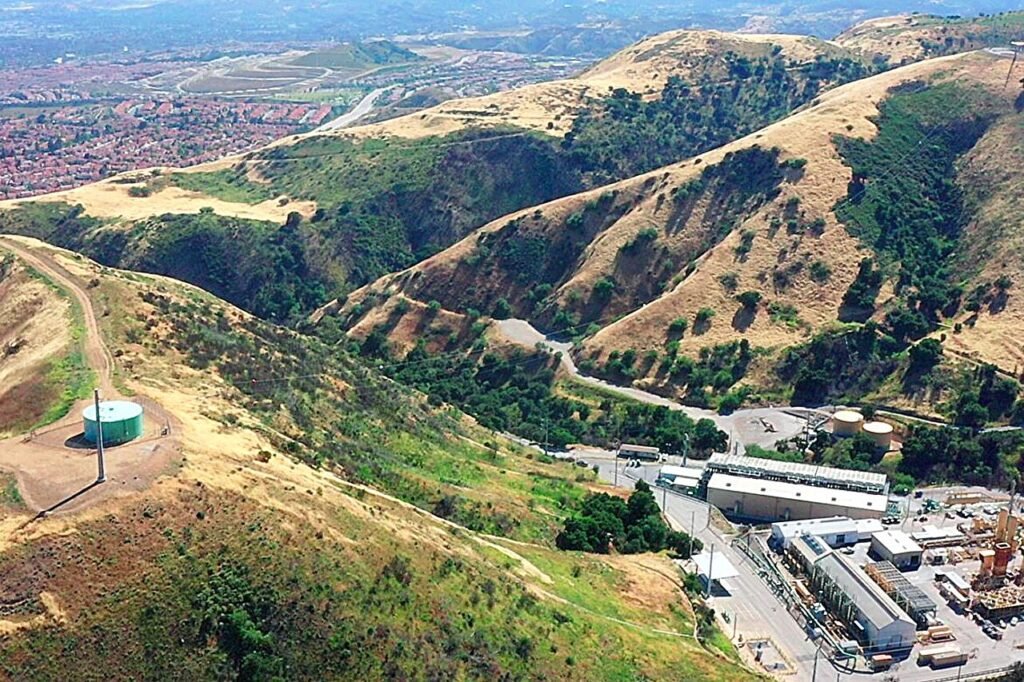The Aliso Canyon gas blowout in late 2015 and early 2016 had a significant impact on the health of pregnant women living near the facility, according to a recent study by researchers at the University of California, Los Angeles (UCLA). The study found that women in their final trimester of pregnancy who resided within 6.2 miles of the blowout site had a nearly 50% higher chance of giving birth to a low–birth-weight baby.
The blowout, which lasted for 112 days and released approximately 109,000 metric tons of methane and other toxic pollutants, including benzene and heavy metals, into the atmosphere, affected the Porter Ranch neighborhood in northwestern Los Angeles County. Residents reported experiencing foul odors, oily mists, and various health symptoms during and after the blowout.
The UCLA researchers analyzed over a million birth records from Los Angeles County between October 2010 and October 2019. They specifically focused on 666 births from women living within the impact zone downwind of the facility who were exposed to the blowout during the last 12 weeks of their pregnancy. The study revealed that 9.6% of babies born to these women had low birth weight, compared to 6.6% before the blowout in the same area.
Furthermore, the researchers observed a 66% higher prevalence of term low–birth-weight babies among women exposed in their last trimester, indicating the impact of the blowout on fetal growth and nutrition. The study also highlighted the association between proximity to the gas plume and birth weights, showing a significant increase in low–birth-weight babies in areas where the gas plume was most concentrated.
Environmental samples taken during and after the blowout showed elevated levels of pollutants known to affect birth weight, such as heavy metals and volatile organic compounds. The researchers emphasized that low birth weight is linked to developmental and behavioral disorders, as well as adult diseases like hypertension and diabetes.
The UCLA-led research team is continuing to investigate the short- and long-term health effects of the gas blowout. Their findings provide valuable insights into the detrimental impact of environmental disasters on maternal and child health. The community affected by the Aliso Canyon gas blowout has eagerly awaited answers regarding the health consequences, and this study marks a crucial step towards understanding the full extent of the disaster’s health implications.
For more information on the study, you can refer to the publication in Science Advances by Kimberly C. Paul et al. The UCLA researchers are committed to providing the community with comprehensive data on the health effects of the Aliso Canyon gas blowout and appreciate the community’s patience and feedback throughout the research process.


